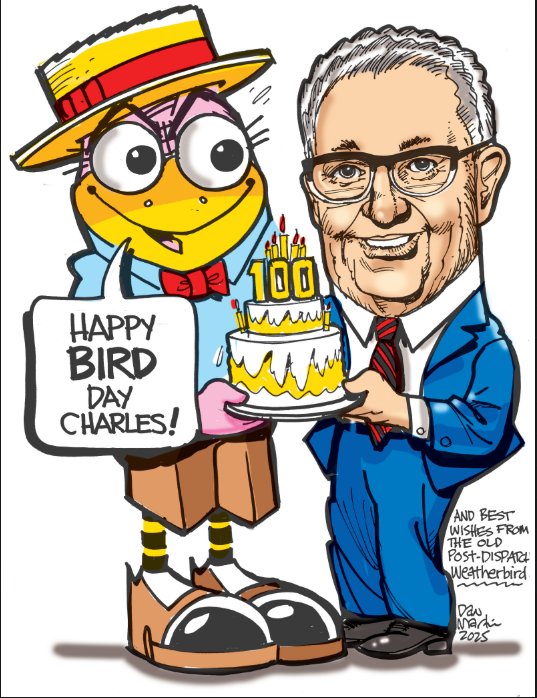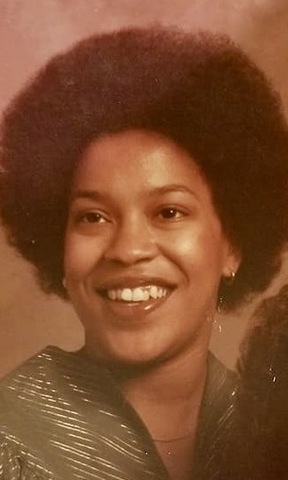On His 100th Birthday — A Tribute to Charles Klotzer
When the earth unspools before the sun on Nov. 1, its cargo will include a human population of some 8.2……
Founded as St. Louis Journalism Review in 1970

When the earth unspools before the sun on Nov. 1, its cargo will include a human population of some 8.2……

Given his boyhood in Nazi Germany, one of the most obvious questions Charles Klotzer can be asked concerns the parallels……

Americans believe in freedom and oppose government censorship, in theory. But in practice, this year many American institutions have acquiesced……

While the national press debates President Trump’s DEI initiatives at colleges and universities across the country, college newspapers find themselves……

A stickler for straight-forward writing and AP style, Linda Lockhart did not pass away or transition. She died on May……